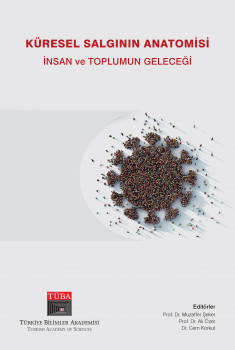Pandemics: What We Will Learn from the Polar Regions and Our Future

Pandemics: What We Will Learn from the Polar Regions and Our Future
There have been many pandemic diseases in human history. Even in the 20th and 21st centuries, hundreds of thousands of people lost their lives due to diseases such as AIDS, cholera, influenza, SARS. One of the biggest effects on the rapid spread of diseases is the density of the population. World population density decreases in polar regions. With an area of 27 million square kilometers, 4 million people live in the Arctic region, and there is no resident population in Antarctica. However, in the established scientific stations, there are 4000 scientists in the summer and a thousand in the winter. Antarctica is visited by approximately 50.000 tourists every year.
COVID-19 pandemic has spread to almost the whole world, and only 13 countries have not published any reports on the disease. Antarctica is the only continent that the disease is not known for. In addition to not having a settled population and not having a scheduled transportation route, strict measures applied to departures and returns to Antarctica prevented the disease from reaching here. Due to the global climate change that affects the entire world, especially the polar regions, agricultural areas and cities are changing, more diseases are experienced, and even diseases that do not exist before. It is anticipated that migration of climate change will occur due to all these. It is estimated that 200 million people will migrate by 2050, and the types of pandemics will increase and differ in this way. On the other hand, Polar regions bring new problems and solutions, as they are candidates for being the new future of humanity.
